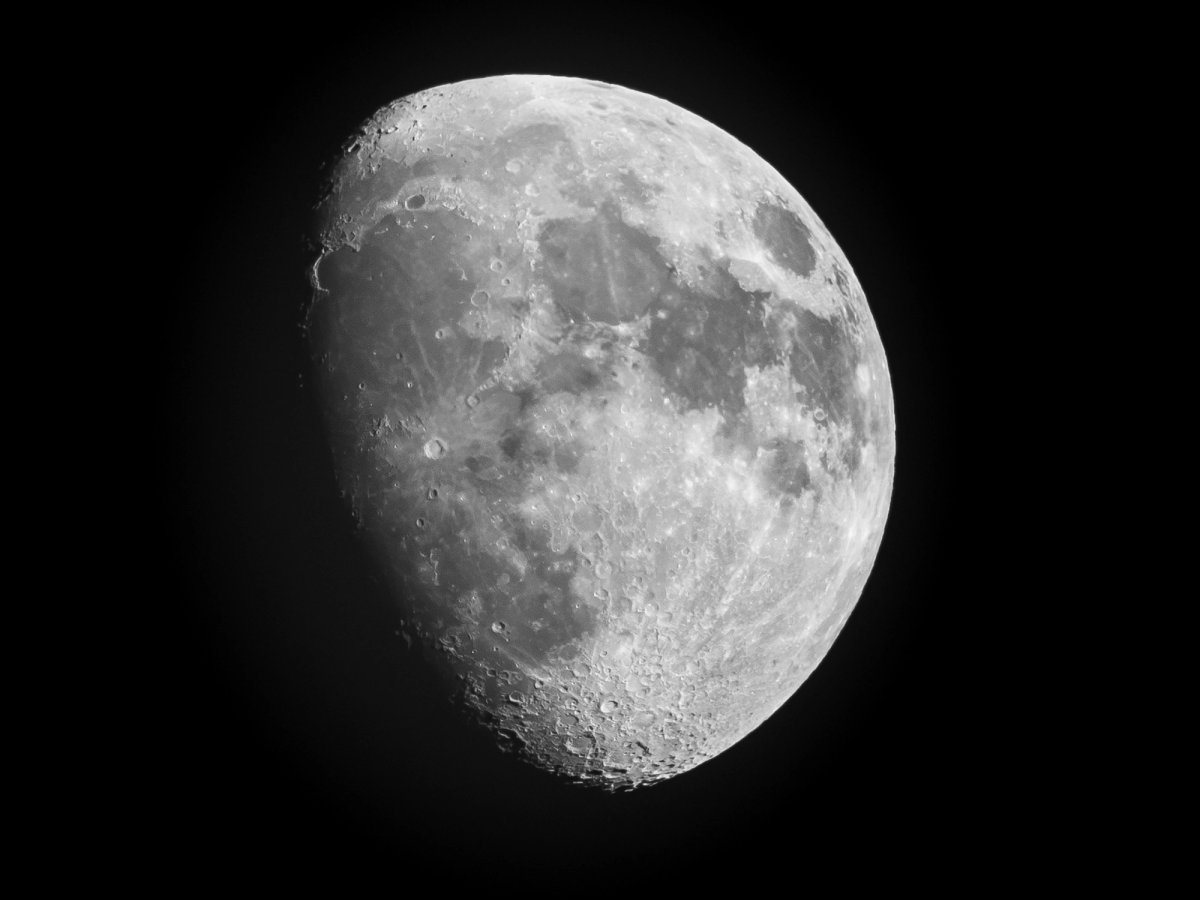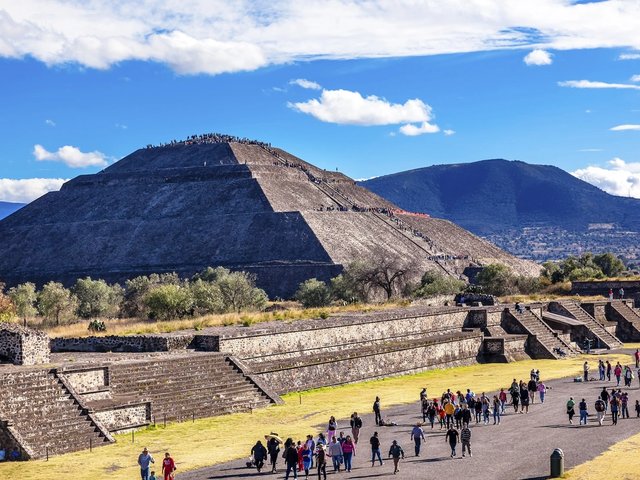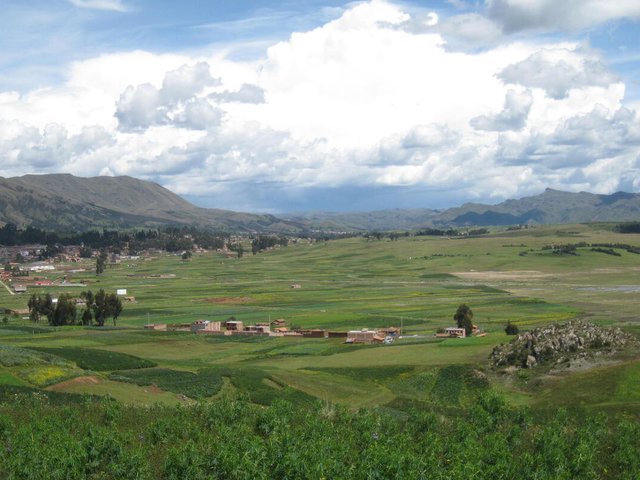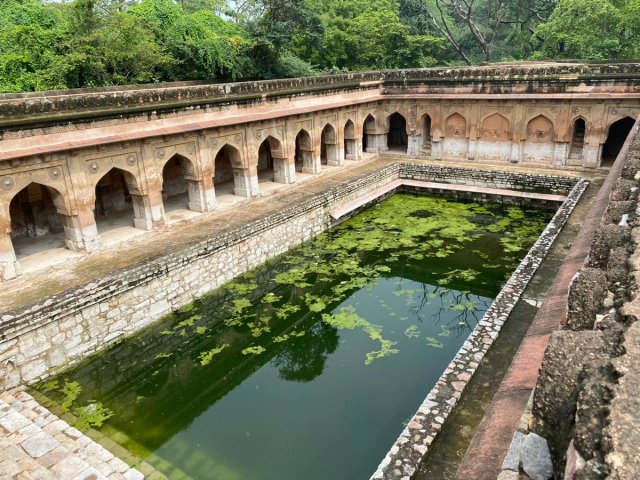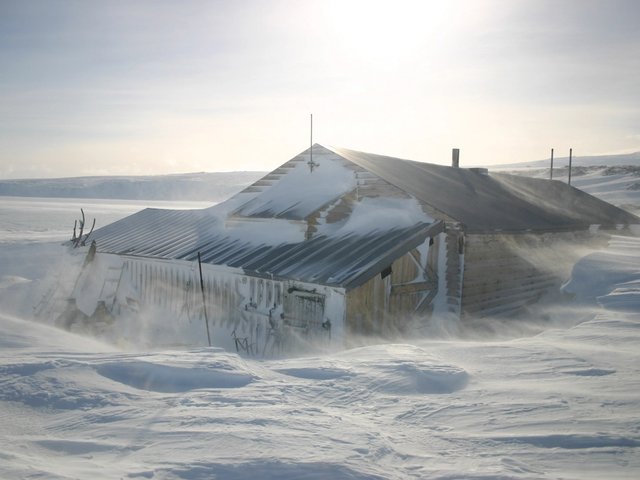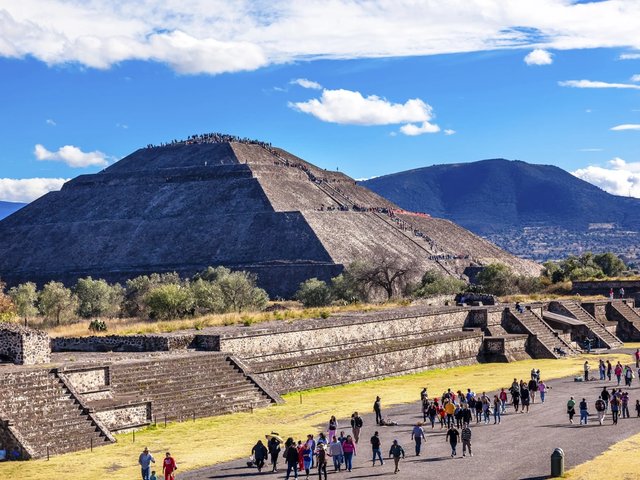The World Monuments Fund’s (WMF) 2025 Watch list includes 25 sites, ranging from historic structures in Gaza to the Moon—marking the first time the initiative has highlighted a site in outer space.
Released on 15 January, the list of threatened cultural heritage spans 29 countries on five continents, in addition to one celestial object. Some sites encompass multiple countries: Qhapaq Ñan, a pre-Hispanic Andean road system in the midst of environmental and development pressure, links Argentina, Bolivia, Chile, Colombia, Ecuador and Peru.
The last World Monuments Watch list was released in 2022. The 2025 edition offers new data analysis for preservation issues shared by the more than 200 nominations submitted in an open call.
“This data-driven approach allows us to better understand and address the challenges facing heritage sites,” Bénédicte de Montlaur, president and chief executive of WMF, tells The Art Newspaper. “For example, the number one challenge cited by nominators this year was insufficient funding for preservation. This underscores the urgency of raising awareness and mobilising resources to safeguard our shared cultural heritage.”
Analysis of the nominations further revealed regional concerns, with 60% of sites in the Middle East and North Africa citing conflict and crisis recovery, and 81% of sites in Sub-Saharan Africa citing climate change.
“While climate change was already recognised as a critical issue in 2022, our data this cycle confirms its prominence, especially in Sub-Saharan Africa,” Montlaur says. “This region faces pressing threats like storm surges and rising sea levels, as reflected in the inclusion of the Swahili Coast on this year’s Watch.”
WMF, a non-profit marking its 60th anniversary this year, started its World Monuments Watch in 1996. Each edition of the Watch has highlighted how threats to heritage continue to emerge and evolve. This year’s list spotlights the ongoing destruction of Gaza’s historic urban fabric as well as a site in Ukraine—Kyiv Teacher’s House, a significant gathering place after the country declared independence in 1918—that was damaged by a Russian missile in 2022. The list also features places recovering from recent natural disasters—like Antakya, Turkey, devastated by the February 2023 earthquakes, and the Noto Peninsula of Japan, heavily damaged in an earthquake in January 2024.

Aerial view of the Maijishan Cave Temples in China Photo: Courtesy World Monuments Fund
Other sites are grappling with growth in tourism that exceeds visitor infrastructure, such as the Buddhist grottos in rock-cut caves in Maijishan and Yungang, China, which, in peak seasons, can have thousands of visitors a day beyond the capacity of their elevated walkways. Still other heritage sites have been disused as new infrastructure has been constructed, yet they have the potential to be better integrated to support current needs; the 450-year-old water system in Bhuj, India, for instance, could be revitalised to help ease the country’s ongoing water crisis.
The most surprising inclusion on the list may be the Moon. While its nomination concentrated on the Apollo 11 landing site, where the bootprints of Neil Armstrong and Buzz Aldrin remain in the lunar dust alongside objects of their scientific work, WMF is considering the wider framework needed to protect historic sites connected with space exploration. A future rise of commercial lunar landings could see the potential for looting, exploitation or the loss of these sites.
“As we enter a new era of space exploration, establishing international mechanisms to protect this cultural landscape is crucial,” Montlaur says. “Safeguarding lunar heritage will prevent damage from accelerating private and governmental activities in space, ensuring these artefacts endure for future generations.”
A central goal for the World Monuments Watch is to raise awareness, particularly for sites without an international profile. For example, this year’s list includes the centuries-old Orthodox monasteries of the Drino Valley in Albania, which could benefit from responsible, sustainable tourism. Others currently lack major recognition status, such as Unesco World Heritage status, which would increase their visibility for preservation—like the Great Trading Path in the US, an ancient Indigenous trail connecting today’s Virginia and North Carolina that still has surviving sections.
“Importantly, listing a site on the Watch is just the beginning,” Montlaur says. “WMF works closely with partners to design projects addressing the identified challenges and secures funding to support them. For the 2025 Watch cycle, we have already raised $2m to allocate to Watch projects and will continue fundraising to meet the needs of our nominated sites.”


